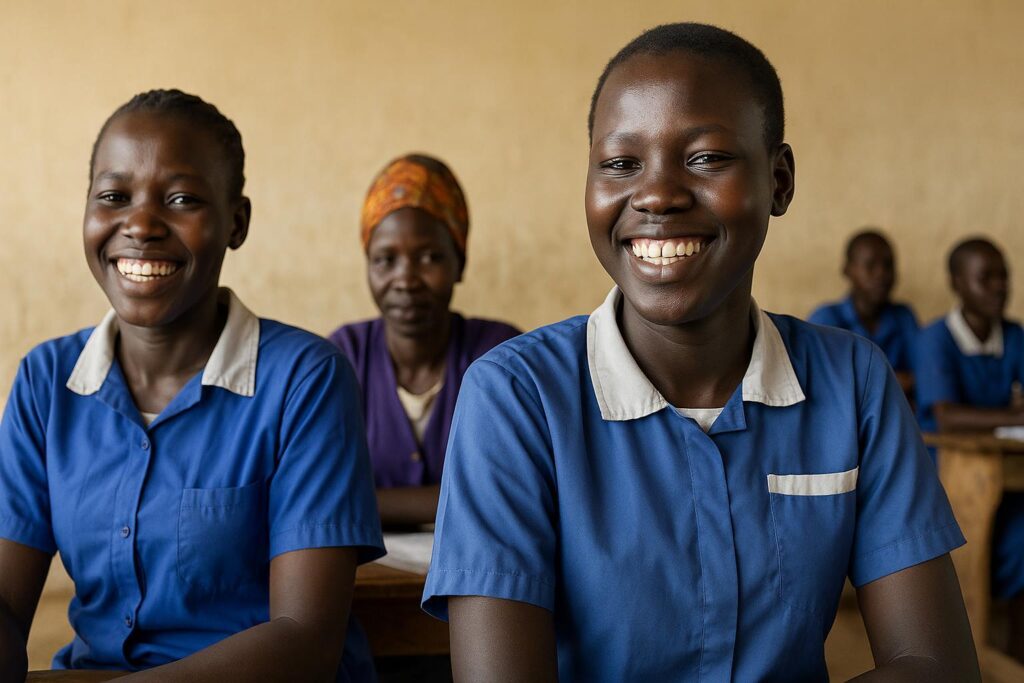Record Malnutrition Numbers
UNICEF now projects 2.3 million children under five and 1.2 million pregnant or breastfeeding women will need therapeutic feeding in 2025, the worst figures recorded since independence. Analysts warn these numbers rival the 2017 famine alerts.
Conflict and Displacement Surge
Fighting in Upper Nile, Jonglei and Unity escalated after February, forcing 300,000 people to flee within the country while 125,000 crossed borders. “Every new skirmish empties another village,” an aid worker in Malakal told this magazine.
Cholera and Health Strains
As of June, 79,746 suspected cholera cases and 1,431 deaths were logged, with children under five forming 16 percent of fatalities. Hamida Lasseko, UNICEF’s representative, called the outbreak “our longest, deepest health emergency in a decade.”
Funding Shortfalls Challenge Aid
South Sudan’s Humanitarian Action for Children appeal sits only 22 percent funded, leaving a US $216 million gap. Agencies have cut planned beneficiaries from 5.4 million to 2.9 million. “We are choosing who eats,” one Nairobi-based donor lamented.
Economic Headwinds and Inflation
Oil receipts remain shaky despite repairs to the Sudan pipeline, and the pound’s slide has lifted staple food prices beyond many salaries. The World Bank now estimates 92 percent of citizens live in poverty, up eight points in twelve months.
Imminent Flood Threat
Hydrologists warn that White Nile levels and wet-season forecasts resemble the lead-up to 2024’s devastating floods. Crops may grow, yet roads will drown, clinics shutter and pathogens spread, further stretching an aid pipeline already clogged by checkpoints and monsoon mud.


